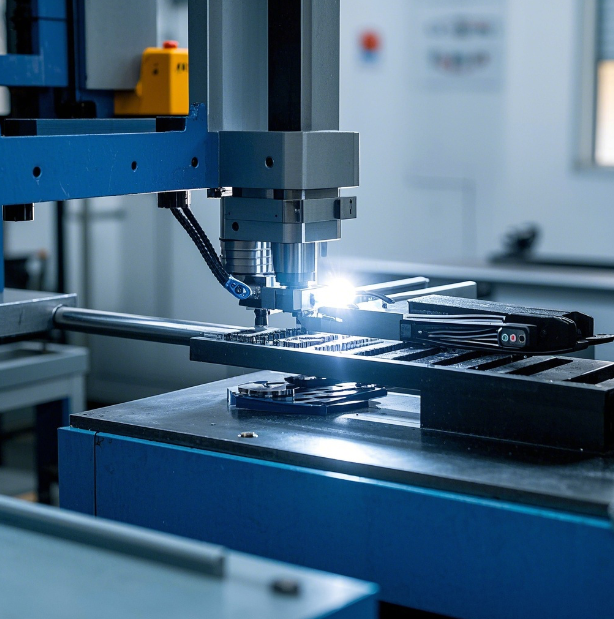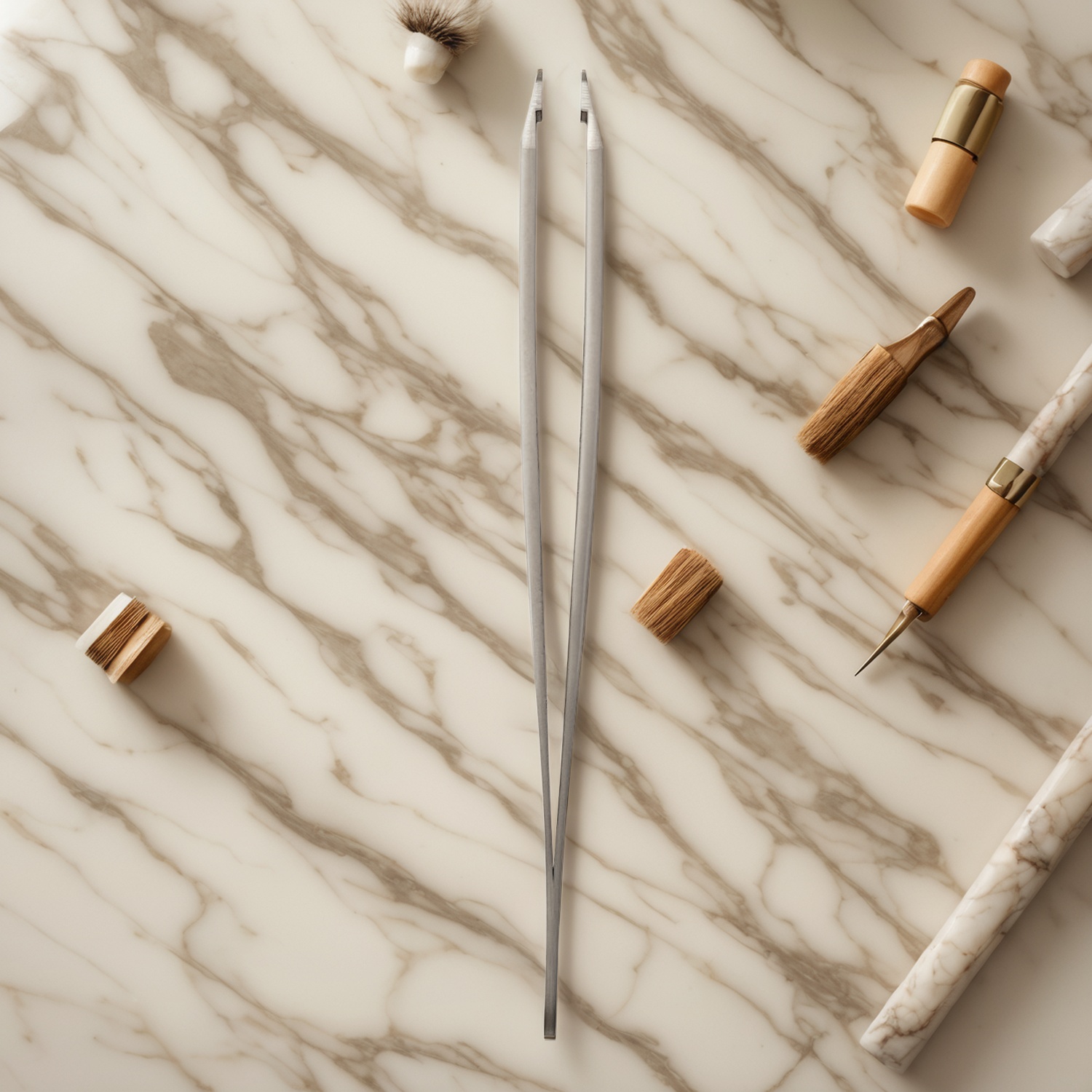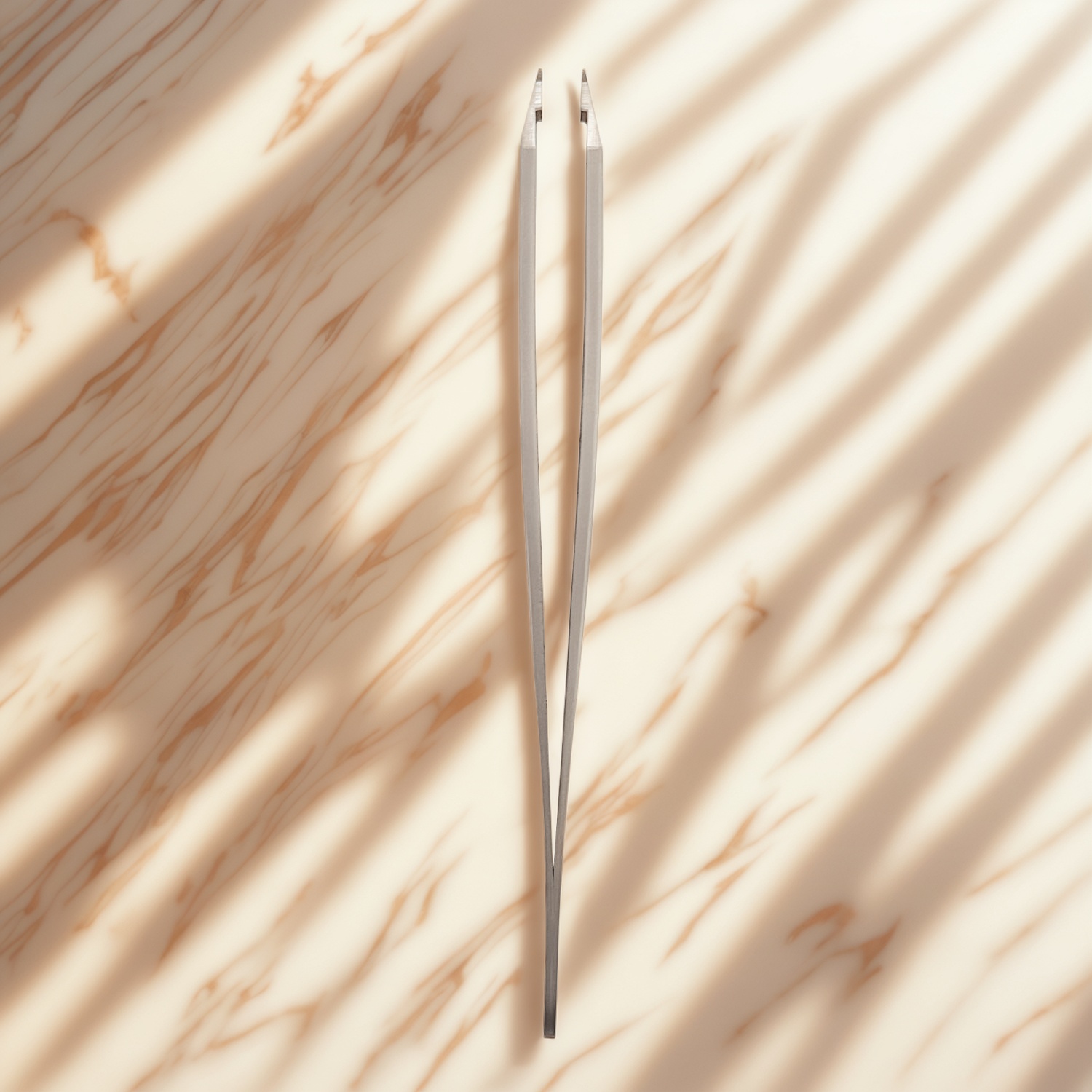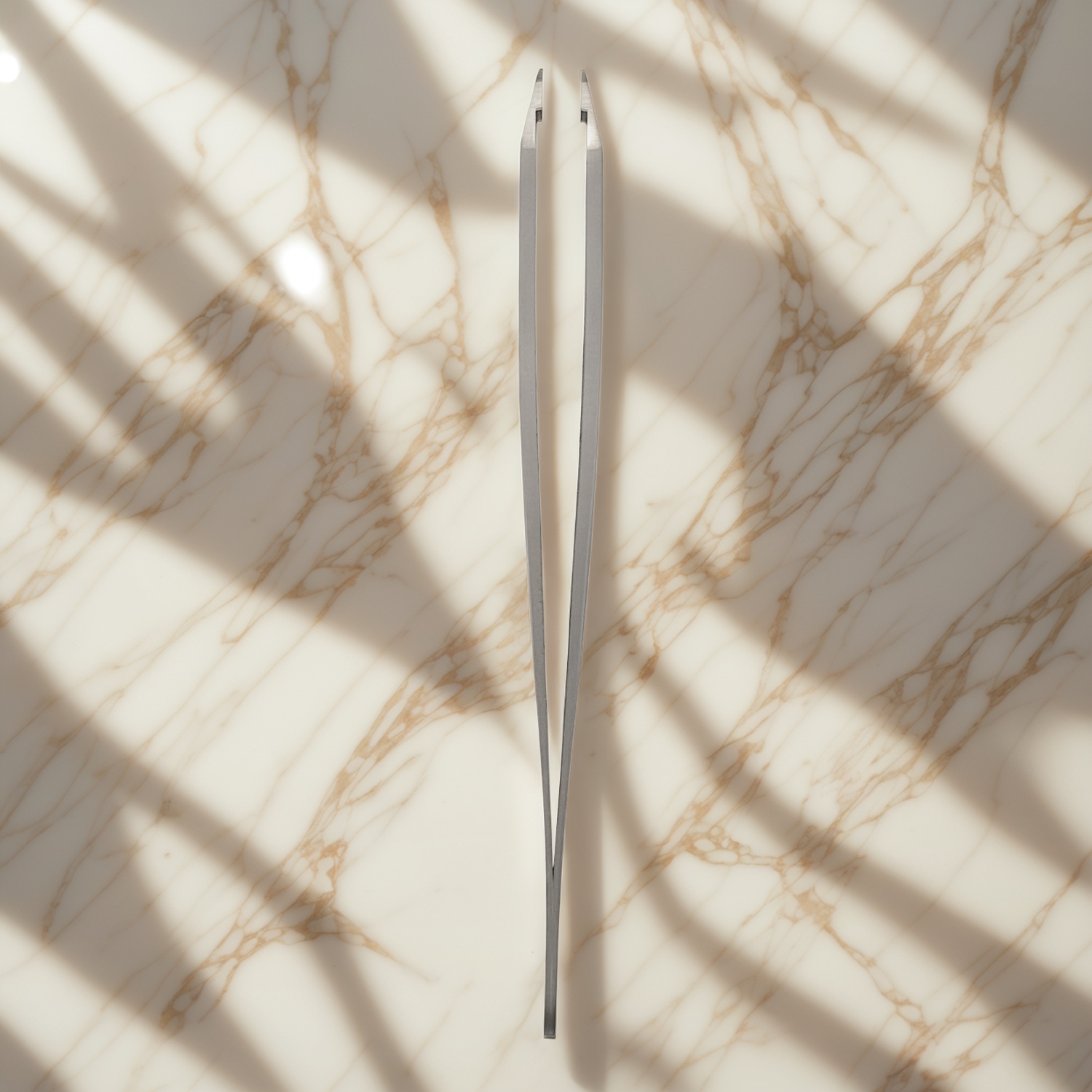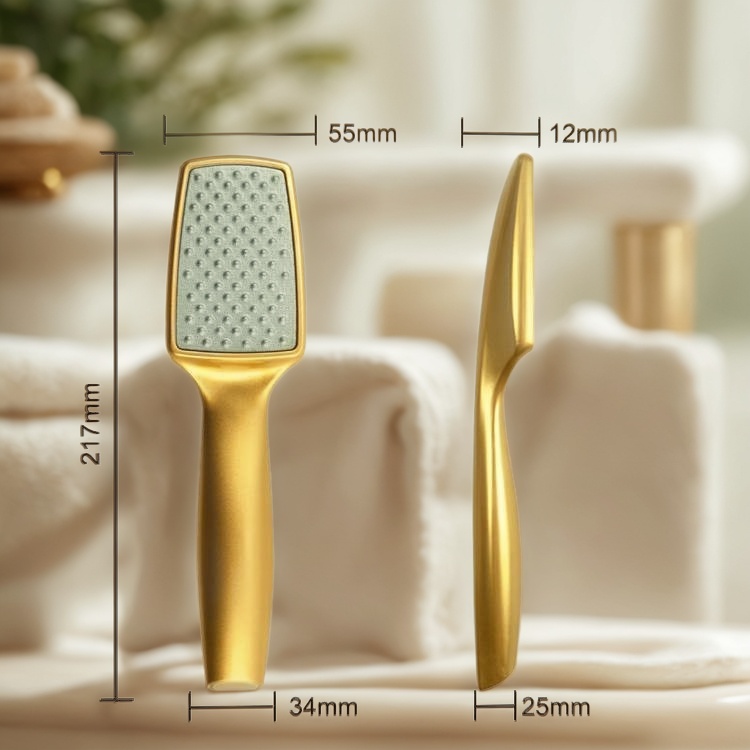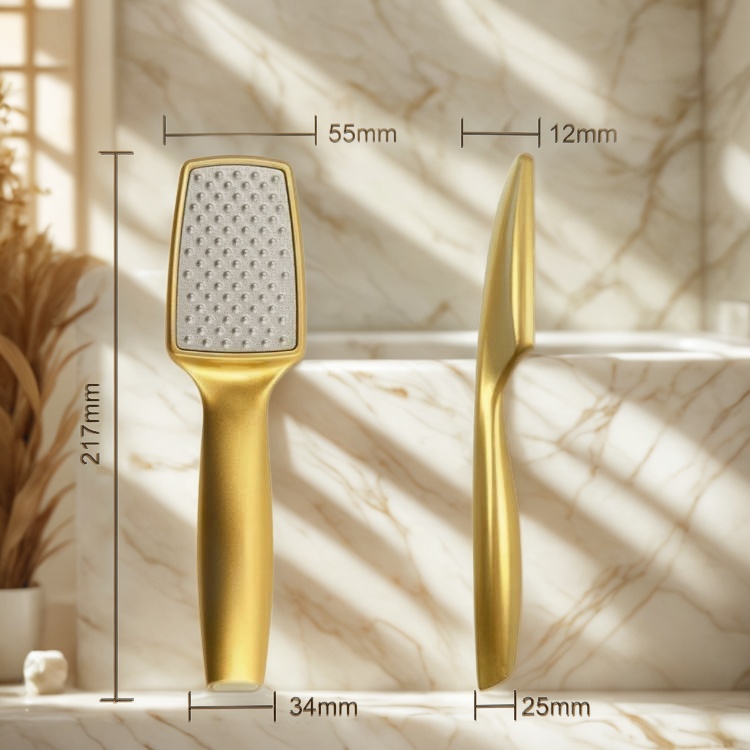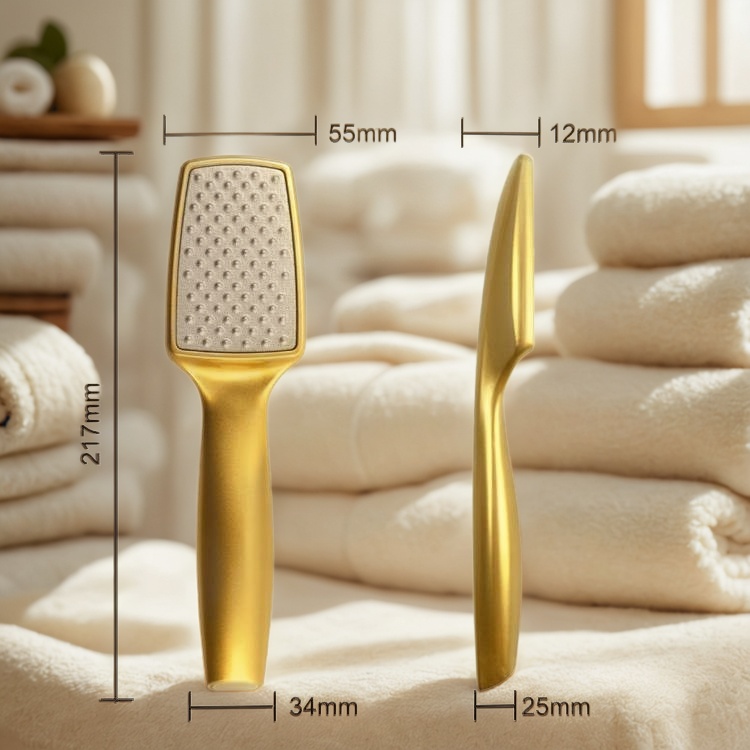Introduction
In the world of nail clipper production, precision is paramount. One of the most critical stages in crafting a high-quality nail clipper is the cutting of raw materials into precise shapes. Automated cutting technology has transformed this process, delivering unmatched accuracy and efficiency. This article dives into the role of automated cutting in nail clipper production, highlighting its impact on quality and scalability.
What is Automated Cutting?
Automated cutting in nail clipper production involves the use of advanced machinery, such as CNC (Computer Numerical Control) machines and laser cutters, to shape raw materials like stainless steel. These machines are programmed to cut metal sheets into the exact dimensions required for nail clipper components, ensuring consistency across thousands of units.
Why Automated Cutting Matters in Nail Clipper Production
1. Precision and Consistency
Manual cutting can lead to slight variations that affect the performance of a nail clipper. Automated cutting eliminates human error, producing identical parts with razor-sharp edges every time. This precision is crucial for creating blades that align perfectly, a hallmark of a superior nail clipper.
2. Efficiency and Scalability
Automated cutting machines operate at high speeds, significantly reducing production time. In nail clipper production, this efficiency allows manufacturers to meet large-scale orders without compromising quality, making it ideal for bulk B2B partnerships.
3. Material Optimization
By using sophisticated software, automated cutting minimizes material waste. The machines calculate the most efficient layout for cutting multiple nail clipper components from a single metal sheet, reducing costs and supporting sustainable production practices.
The Automated Cutting Process
The process begins with selecting high-grade stainless steel, known for its durability in nail clipper production. The steps include:
-
Design Input: Engineers create digital blueprints of nail clipper components using CAD software.
-
Machine Setup: The blueprint is uploaded to the cutting machine, which is calibrated for the specific material thickness and properties.
-
Cutting Execution: The machine cuts the steel with pinpoint accuracy, forming the initial shapes of blades, handles, and other parts.
-
Quality Inspection: Each cut piece is inspected to ensure it meets strict tolerances before moving to the next stage of nail clipper production.
The Future of Automated Cutting in Nail Clipper Production
As technology advances, automated cutting is becoming even more sophisticated. Innovations like AI-driven optimization and laser-guided cutting are poised to further enhance nail clipper production. These advancements promise even tighter tolerances, faster turnaround times, and greater customization options for unique nail clipper designs.
Conclusion
Automated cutting is a game-changer in nail clipper production, blending precision, efficiency, and sustainability. By embracing this technology, manufacturers can craft nail clippers that meet the highest standards of quality, delighting customers and partners alike. Next time you use a nail clipper, consider the cutting-edge process that brought it to life.











